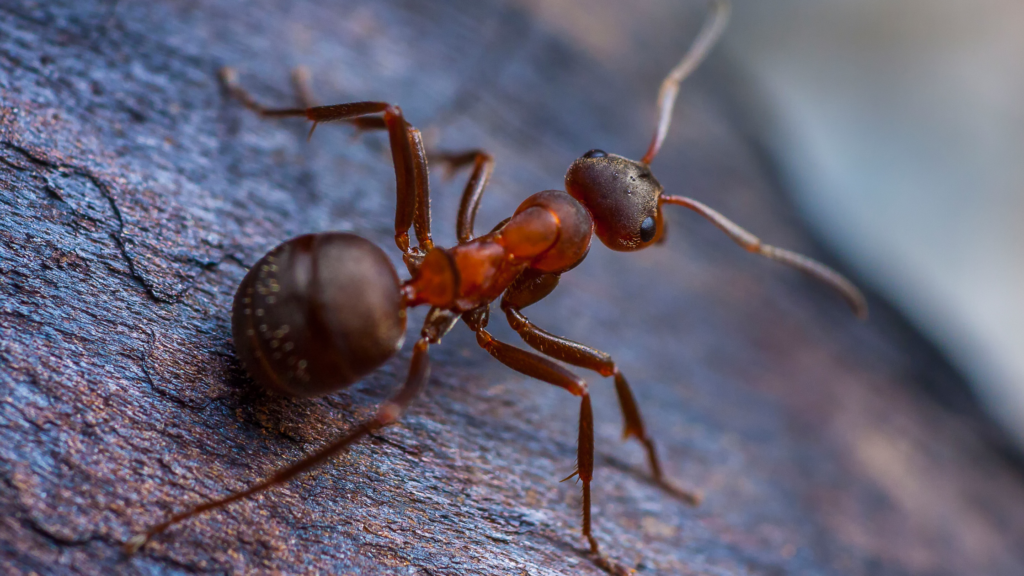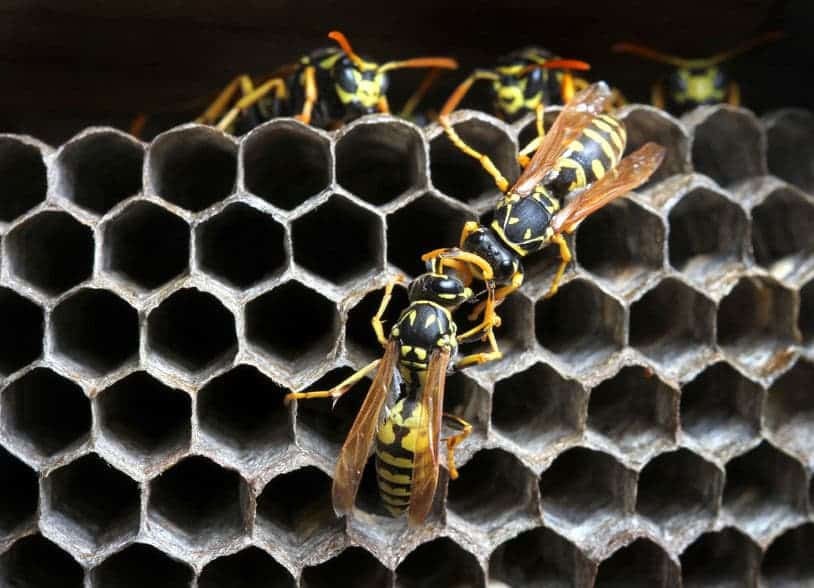Fumigation is a process that can be used to tackle the most challenging pest problems in your home or business. By treating the entire structure with pesticides in the form of gas, we can eliminate pests in every corner of your home or business in any stage of their life cycle. If you’re wondering, “What kinds of pests does fumigation eliminate?” this can be the method of choice for drywood termites, for example, or severe infestations of beetles or bed bugs.
This pest control service is currently available in the Tampa Bay, Sarasota, and St. Petersburg areas, coming to more areas soon. Contact us online to discuss or set up an appointment for fumigation services in those areas, or call 800-225-5305.
Read on for more information.
What is the Fumigation Process?
Whole structure fumigation is the most effective pest control method, one that takes some prep work. First, certain items in the home must be removed, unplugged, and so forth (more specifics later in this post). Next, Turner Pest Control creates a sealed environment before releasing the fumigant. The gas-based pesticide then spreads safely through the sealed space to exterminate pest infestations. After the fumigation process is complete, the sealed space is then ventilated until it’s safe for people to enter again.
A question that people often ask is this: “What is tenting a house?” The answer is that it’s the sealing process we undergo as part of whole structure fumigation.
What Needs to be Bagged for Fumigation?
That’s another question we’re often asked and we’re going to expand upon it, sharing the type of preparation work that’s involved when fumigation will take place. Thorough preparation, pre-fumigation, is in fact one of the most important parts of the process, crucial for ensuring that the service is fully effective.
If you will be having fumigation services done at your home or business, we’ll go into more specifics with you. As a general overview, here is the type of prep work that’s involved to help ensure that our experienced team can safely and effectively fumigate your home or business.
First, focus on any food and drink, or other items intended for consumption, such as medicines. Remove any that are not completely sealed in air-tight containers, including ones stored in your refrigerator or freezer. Also remove all living plants, as well as any animals. This includes fish.
Before fumigation, you will need to extinguish any pilot lights and make arrangements with your gas company to turn the supply on and off, as needed. Electrical power and the water supply should remain on.
Unplug all heating elements. If you have pianos and organs, include them in this item on your list. Also unplug your television sets and computers, turning off any air conditioning units.
When it comes to mattresses, remove all baby ones entirely. This includes in cribs, as well as in bassinets, swings, play-yards, pack-n-plays and so forth. Remove plastic coverings from all mattresses and pillows, along with any mattresses that have plastic coverings. In addition, remove all high density foam mattresses and any linens from mattresses.
Towels, linens, and drapes can remain.
Now, focus on cabinets, closets, and drawers, opening each of them by a minimum of four inches. If there is a safe that’s big enough for a child to enter, that must be inspected before the fumigation process begins. We will also inspect that area before opening the home or business back up to you.
Open your drapes, raise your blinds, and open up access to your attic.
Next up is a focus on the outdoors. You’ll need to remove loose items, whether those are plants, tables, chairs, or something else that are close to the building. Also detach vines from that area and cut back plants, branches and foliage far enough back that they can easily fall to the ground. Also trim back any tree limbs that are over the roof. Heavily water shrubs or any other plants that are located close to the structure.
If any fencing is connected to the structure, remove that. We will provide guidance on any trellises or similar items, letting you know if they may interfere with the tenting process. Rake back mulch and rocks so that they are 18 inches from the home or business foundation. Also lower any awnings.
Prior to the fumigation, remove any pool enclosure screens.
The law requires that all buildings being fumigated must be locked throughout the process. A lock box will be provided to you and you must give Turner Pest Control keys to all of your exterior access doors. Keyless lock systems must be disabled.
Secondary locks will be placed on exterior doors and, for your safety, it’s important that you do not try to enter the building until these extra locks are removed and clearance notices are placed on your doors. It can be helpful to inform your neighbors about the fumigation.
As part of the process, we inject tear gas into the structure to help prevent theft, but we can’t be responsible for vandalism, breaking and entering, or any theft.
What to Do After Fumigation
After the process is completed, including the aeration period—usually by 5 p.m. on the third business day—the property is typically safe for occupancy. So, this is when you can typically replace removed items, plug them back in, and otherwise return your home or business to its usual state.
Contact Turner Pest Control for Your Free Inspection
You have plenty of choices when it comes to pest control services, so we work hard to earn and keep your business—and we promise that Turner Control will be the best choice for your fumigation service.
We’ve been helping families and businesses to tackle their toughest pest challenges for more than 50 years now. For a free inspection and a free estimate, simply contact us online. Or, call 800-225-5305. There’s never any obligation!



